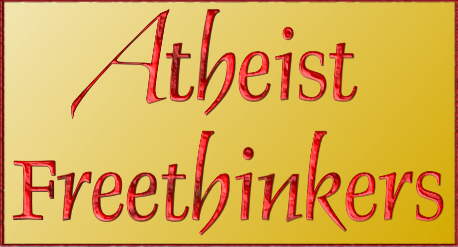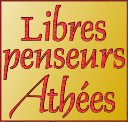David Rand
2018-06-08
With the recent decision of the Danish government to ban face-coverings in public, the question of bans on religious symbols and face-coverings is once again in the news. The ban will go into effect on August 1st. This blog displays a table indicating the circumstances in which, in my opinion, such bans are justified.
I salute the courage of the Danish government. This is a strong and wide-sweeping measure, as it applies in public spaces, not just in public services, thus going beyond standard secularism. However, some constraints on these ambulatory prisons for women must be implemented. They should at least be banned in public services (as Quebec’s Bill 62 claims to do, but in fact fails because of easy exemptions).
The Danish approach is certainly preferable to the complacency and the crass illogic of the Canadian government which not only permits religious symbols everywhere, even in the RCMP, before the courts and in state ceremonies, but in addition even celebrates them!
The ban does not violate freedom of religion. It does not prevent anyone from practising their religion. On the contrary, it prevents one form of proselytism by fanatics with a political agenda. It does not matter whether the person wearing such face-covering does so willingly or is forced by others to do so; in the case of the niqab, either way it an expression of politico-religious fanaticism.
As regards the general question of the circumstances in which bans should or should not be applied, the table below represents my personal opinion. Reasonable people may disagree on the details. However, it is certainly not reasonable to oppose all bans on face-coverings or religious symbols, in any and all circumstances. To allow them everywhere is literally insane. Would you trust a cop wearing a large crucifix on his/her chest or wearing a niqab?
On such bans in general, see: Restrictions on Face-Coverings & Religious Symbols.
| Circumstance | Ostentatious Religious (and Political) Symbols in General | Partial face-coverings, e.g. chador* | Face-coverings (which may or may not be religious symbols) |
|---|---|---|---|
| Public servants having coercive power (police, judges, prison guards), while on duty | Ban | Ban | Ban |
| Public servants in general, while on duty | Ban | Ban | Ban |
| Users of public services | No ban | No ban | Ban |
| Private individuals circulating in public | No ban | No ban | Maybe ban |
| Driver of motor vehicle | Ban if vision is compromised | Ban | Ban |
* Note: I have put the chador (tchador in French) into a category by itself because it is more restrictive than the hijab (leaving less of the face visible) while being less restrictive than the niqab or burqa. The chador is, so to speak, the Iranian adaptation of the niqab or burqa.


 AFT on Twitter
AFT on Twitter Amis et amies de Libres penseurs athées
Amis et amies de Libres penseurs athées Atheist Alliance International (AAI)
Atheist Alliance International (AAI) Atheist Census Canada
Atheist Census Canada Humanist Perspectives
Humanist Perspectives Libres penseurs athées
Libres penseurs athées LPA-AFT on Heylo
LPA-AFT on Heylo LPA-AFT Youtube Channel
LPA-AFT Youtube Channel Rassemblement pour la laïcité (RPL)
Rassemblement pour la laïcité (RPL)
Leave a Reply